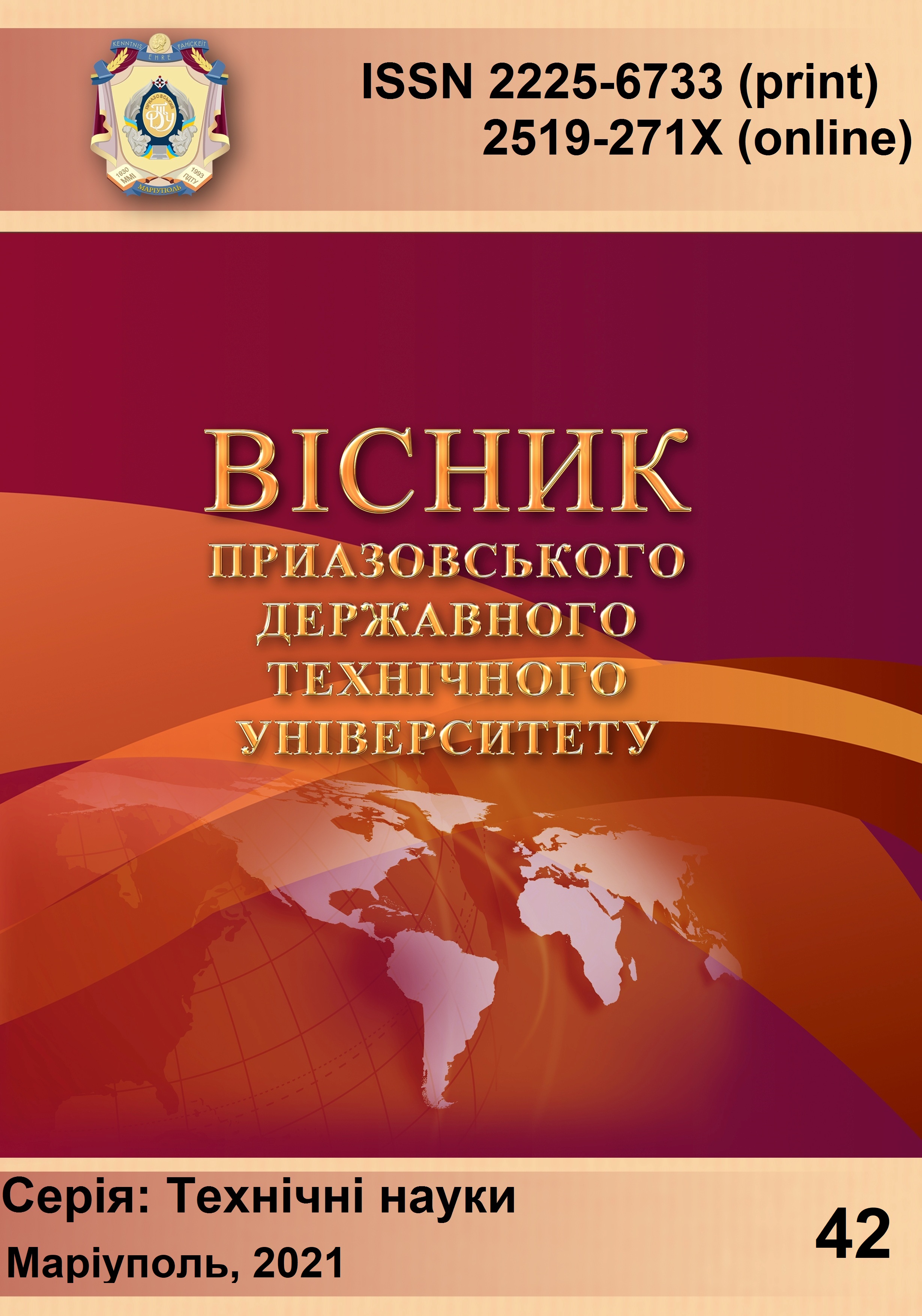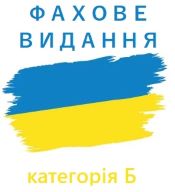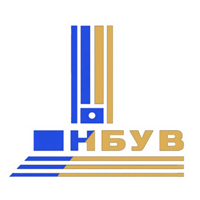Застосування рівнянь теорії пластичності пористому тілу в процесах обробки тиском
DOI:
https://doi.org/10.31498/2225-6733.42.2021.240596Ключові слова:
тіло, втулка, теорія пластичності, напружений стан, нормальна напруга, дотична напруга, пластична течіяАнотація
У статті представлені результати застосування рівнянь теорії пластичності до процесів обробки тиском порошкового тіла типу пористої втулки. Віддано перевагу математичній моделі, що описує пластичну поведінку пористого тіла. З цією метою використана гіпотеза про застосування пластичної течії Бельтрама при побудові моделі пластичної поведінки пористого тіла, побудовані епюри дотичної і нормальної напруг, контактної поверхні тіла. На основі гіпотези Бельтрама виражено умову пластичності, в якій в тривимірному просторі головних напруг рівняння є еліпсоїдом. Отримано рівняння пластичної течії пористого порошкового тіла при повторному ущільненні. Для випадку, коли відомі компоненти девіатора напруг, при використанні деяких граничних умов стає можливим знаходження компонентів тензорів напруг. Випробування процесів деформування пористого тіла проведено на циліндричних порошкових зразках розмірами D´Н = 10´10 мм. Після первинного пресування їх відносна щільність становила r = 0,68. В результаті експериментальних випробувань повторного пресування втулки побудований графік залежності межі текучості матеріалу на основі заліза від відносної щільності втулки, який добре узгоджуються з розрахунковими даними. Проведені випробування пористих втулок в умовах додаткового ущільнення шляхом протягування. Визначено зони пластичних деформацій в порошковій втулці. Побудовано епюри нормальних sr і дотичних trx напруг дотичної на контактну поверхню уздовж t = const лінії. Запропонований метод визначення напруг і пластичної поведінки пористих порошкових втулок на основі заліза може бути використаний при інших стаціонарних методах деформування порошкових матеріалів (прокатці, видавлюванні, волочіння і ін.). Результати повторного деформування спечених пористих втулок на основі заліза показали істотне зміцнення матеріалу після додаткової обробки
Посилання
Малинин Н.Н. Прикладная теория пластичности и ползучести / Н.Н. Малинин. – М. : Машиностроение, 1975. – 399 с.
Грин Р.Дж. Теория пластичности пористых тел / Р.Дж. Грин // Механика. – 1973. – № 4. – С. 109-121.
Kuhn H.A. Deformation characteristics and plasticity theory of sintered powder materials / H.A. Kuhn, C.L. Downey // International Journal of Powder Metallurgy. – 1971. – Vol. 7, iss. 1. – Pp. 15-25.
Кун Х.А. Основные принципы штамповки порошковых заготовок. В кн.: Порошковая металлургия материалов специального назначения // Х.А. Кун. – М. : Металлургия, 1977. – С. 143-158.
Мартынова И.Ф. Особенности необратимой деформации спеченного пористого тела из упрочняющегося пластического металла / И.Ф. Мартынова, В.В. Скороход // Порошковая металлургия. – 1977. – № 4. – С. 70-74.
Мартынова И.Ф. Уравнение пластичности пористого тела, учитывающее истинные де-формации материала основы / И.Ф. Мартынова, М.Б. Штерн // Порошковая металлургия. – 1978. – № 1. – С. 23-29.
Сторожев М.В. Теория обработки металлов давлением / М.В. Сторожев, Е.А. Попов. – М. : Машиностроение, 1977. – 423 с.
Məmmədov A.T. Kiçik hündürlüklü boruların ştamplama üsülu ilə kompоnentlərdən alınmasının bəzi kəmiyyətlərin hesabatı / A.T. Məmmədov, Ç.A. Əliyev // Maşınşunaslıq. – 2015. – № 1. – Səh. 21-23.
Гутер Р.С. Элементы численного анализа и математическая обработка результатов опыта / Р.С. Гутер, Б.В. Овчинский. – М. : Наука, 1970. – 432 с.
##submission.downloads##
Опубліковано
Як цитувати
Номер
Розділ
Ліцензія

Ця робота ліцензується відповідно до Creative Commons Attribution 4.0 International License.
Журнал "Вісник Приазовського державного технічного університету. Серія: Технічні науки" видається під ліцензією СС-BY (Ліцензія «Із зазначенням авторства»).
Дана ліцензія дозволяє поширювати, редагувати, поправляти і брати твір за основу для похідних навіть на комерційній основі із зазначенням авторства. Це найзручніша з усіх пропонованих ліцензій. Рекомендується для максимального поширення і використання неліцензійних матеріалів.
Автори, які публікуються в цьому журналі, погоджуються з наступними умовами:
1. Автори залишають за собою право на авторство своєї роботи та передають журналу право першої публікації цієї роботи на умовах ліцензії Creative Commons Attribution License, яка дозволяє іншим особам вільно розповсюджувати опубліковану роботу з обов'язковим посиланням на авторів оригінальної роботи та першу публікацію роботи в цьому журналі.
2. Автори мають право укладати самостійні додаткові угоди, які стосуються неексклюзивного поширення роботи в тому вигляді, в якому вона була опублікована цим журналом (наприклад, розміщувати роботу в електронному сховищі установи або публікувати у складі монографії), за умови збереження посилання на першу публікацію роботи в цьому журналі.









